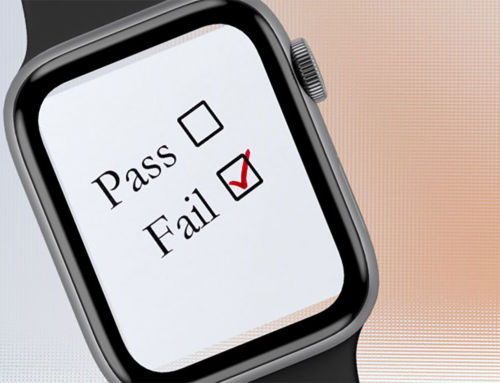It’s easy to think every business decision should come down to black-and-white numbers. What is the ROI? What’s the client acquisition cost? Does this move make long-term financial sense for the company’s success?
In practice, though, it’s not always that straightforward. You can’t just plug the numbers into a model and discover your path forward with 100 percent mathematical certainty. This becomes especially true when you’re running a family business.
When you have family members who are staff, partners, or are part of your company’s management team, sometimes you have to do what’s best for the family in lieu of what’s best (on paper) for the business.
In any successful, ongoing relationship, compromise is something that becomes part of your daily vocabulary. As Stephen R. Covey explains in his New York Times bestseller, The 7 Habits of Highly Effective People, effective people are always going for the win-win situation for an outcome.
For family-run businesses, that means trying to do what’s best for the business, the employees, the customers, the shareholders as a whole, AND the individual family members. With all those factors simultaneously at play, it’s not always possible to do the best thing for every single group.
That’s when you have to turn inward and assess your priorities.
I was recently speaking to a friend, and he shared a story with me about his career path, his family, and the choices he decided to make.
Many years before, my friend’s father had started a small medical practice. My friend went on to go through medical school, putting his brothers and sisters through as well. After completing his residency, my friend made an important decision that confused a lot of his colleagues and friends.
Rather than pursue the most lucrative path as a doctor, he joined his father’s small medical practice. This was his way of paying honor to his father and thanking him for all the opportunities he’d been given.
When pushed about the decision, he simply said there’s a time in life when it’s OK to think with spreadsheets, and there’s a time in life when you must think with your heart. Using black-and-white figures, he knew his decision didn’t make any sense. He also knew, with unerring certainty, that it was the right thing for him to do.
After hearing this story and the passion with which my friend spoke about his decision, I found myself thinking about my own situation in the family business. When I reflect back on my life, what will be my answers to the most important questions?
- What is my purpose?
- What do I want to be known for?
- Why am I here?
- What do I want to achieve?
Sometimes, in order to weigh what really matters, you have to think in extremes and seek some stark perspective.
One popular tactic to achieve that is with what Tony Robbins calls the Dickens pattern. This entails thinking about your current actions and where that path will ultimately lead you. (What would the ghost of Christmas future reveal to you?)
Another helpful resource to gain that perspective is Bronnie Ware’s The Top Five Regrets of the Dying. As a hospice nurse working in palliative care, she discovered common themes among her patients and what regrets they held at the end of their lives.
I can guarantee you one of those themes was not people wishing they’d worked more!
As I think about my life and what I want to see when reflecting back, I know one thing. I don’t want to realize I maximized my income or had unparalleled success in the company…if the decisions and choices that got me there came at the expense of my family.
It’s always difficult finding the balance in business. It’s doubly difficult when that’s a family-run company. I certainly don’t have all the answers all the time.
But, when it comes to family, I know one truth. Leading with gratitude and following your heart is the right perspective. Every time.
GROW.
LEARN.
LEAD.




